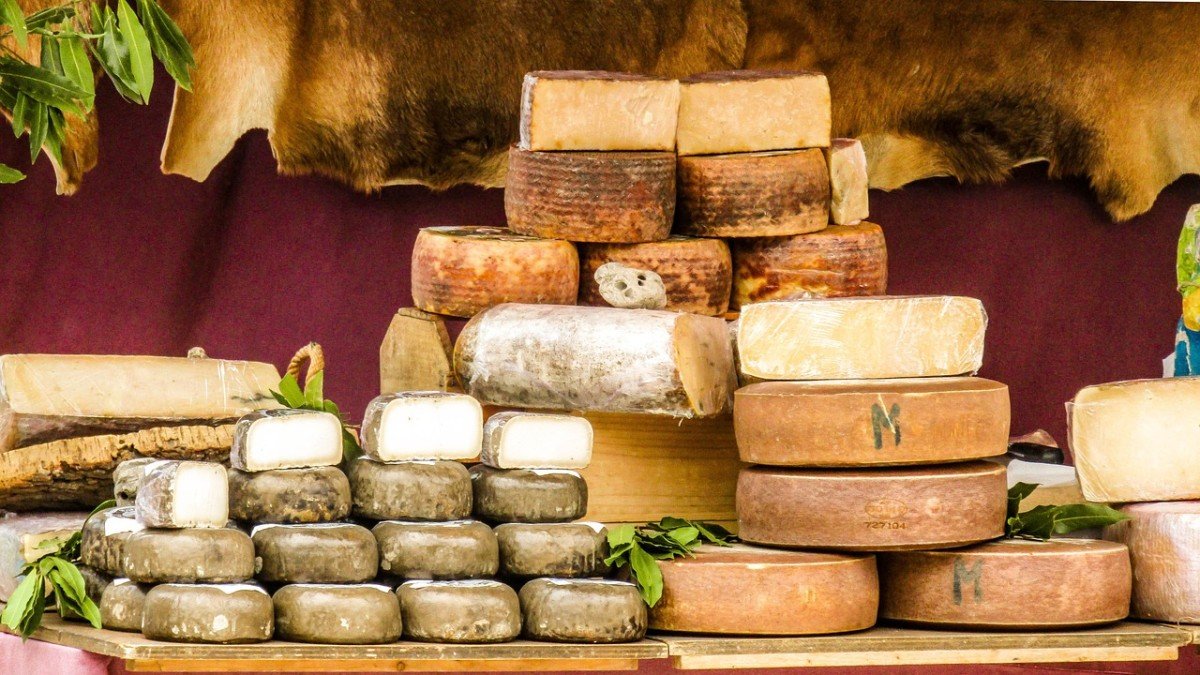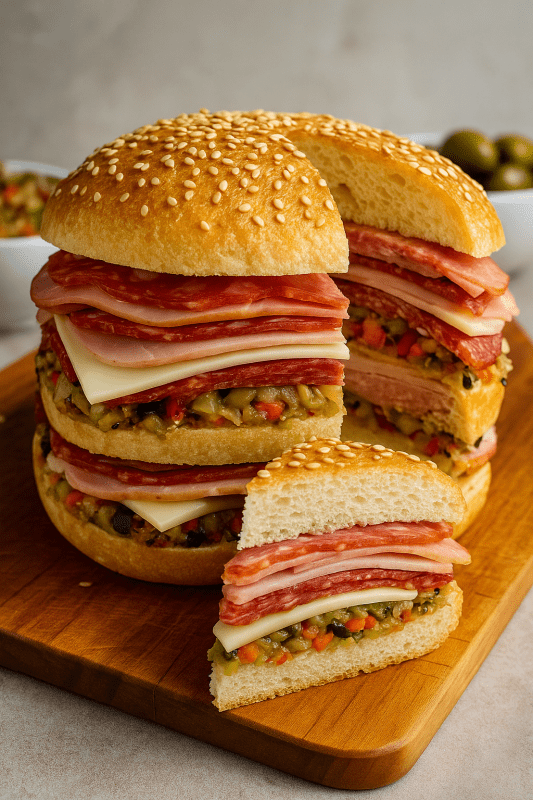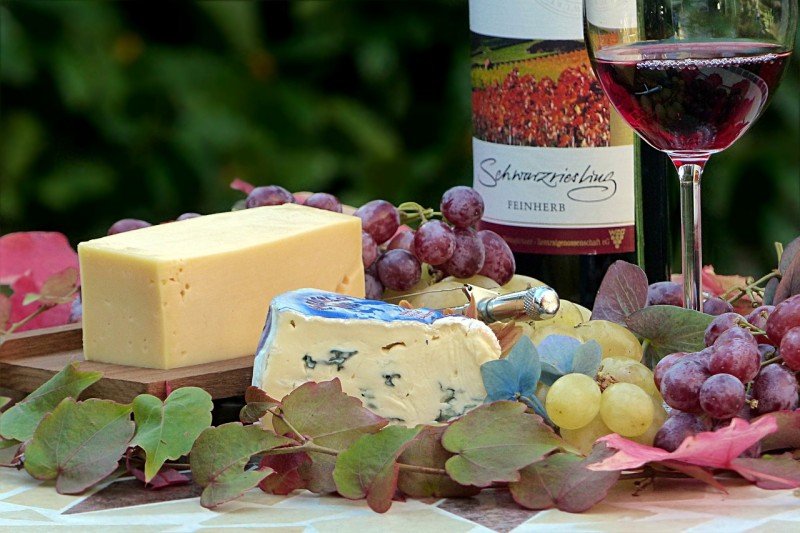Cheese making has a fascinating history that dates back thousands of years. It's believed to have started around 8000 B.C. when people began to domesticate animals, like goats and cows, for milk. Early humans likely discovered cheese accidentally while carrying milk in containers made from animal skins. Over time, they noticed that the milk would spoil and curdle, creating a new, tasty product. Who could have guessed that this happy accident would lead to the delicious cheese we enjoy today?
As civilizations emerged, cheese making techniques evolved. The ancient Egyptians, Greeks, and Romans were all fans of this creamy treat. They created different varieties, experimenting with herbs and spices to develop unique flavors. The Greeks, in particular, had a strong appreciation for cheese, even using it in their famous dishes like the classic Mediterranean salad. This helped spread cheese throughout Europe where every region began to have its own cheese specialty.
By the Middle Ages, monasteries became hubs for cheese production. Monks diligently honed their skills, passing down recipes and techniques from generation to generation. For many monasteries, making cheese was not just a way to produce food, but also a means of generating income. They sold their cheeses at local markets, helping to popularize different styles across the continent.
Fast forward to today, and cheese making has taken on a life of its own. From artisanal cheesemakers to large industrial operations, the process has changed significantly, but the love for cheese remains the same. With countless varieties available, from cheddar to gouda to blue cheese, there’s a flavor for everyone. The journey of cheese through history has truly shaped its own delicious story!
Different Types of Cheese Explained
Cheese comes in so many varieties, it can feel like a whole world of flavors just waiting to be explored! Each type has its own unique taste, texture, and appearance. Let's break it down into some of the most popular categories.
Soft Cheese: These cheeses are delightful and creamy. They often have a spreadable texture, making them perfect for sandwiches or as a topping for crackers. Think Brie or Camembert. Just a little bit can add a whole new level of richness to a dish!
Hard Cheese: If you love a good crunch, hard cheeses are your go-to. Cheddar, Parmigiano-Reggiano, and Gouda are all fantastic examples. They’re usually aged longer, which brings out deep flavors. You can grate them over pasta or simply enjoy a slice with fruit.
Blue Cheese: This one’s a bit more adventurous! Blue cheese is known for its distinct blue veins and sharp taste. Varieties like Roquefort and Gorgonzola can add a punch of flavor in salads or on a cheese board. If you’re ready to step outside the comfort zone, definitely give it a try!
Fresh Cheese: Think of fresh cheeses as the simple yet delightful types. Ricotta, Feta, and Cottage Cheese fall into this category. They are generally not aged and have a light, mild flavor. Perfect for adding creaminess to salads or for creating a delicious lasagna!
Popular Cheese Around the World
Cheese is one of those delicious staples that comes in so many varieties, each with its own story. Let’s take a quick tour around the globe to explore some popular cheeses and what makes them special!
1. Cheddar (England)
Cheddar is a classic favorite that originated in England. Its flavor can range from mild to sharp, depending on how long it’s aged. Perfect for sandwiches, a great choice for mac and cheese, or just snacking on its own, cheddar is versatile and loved by many.
2. Brie (France)
This soft cheese is a true symbol of French cuisine. With a creamy texture and a rich, buttery flavor, brie is often enjoyed at room temperature. Spread it on some crusty bread or pair it with fruits and nuts for a delightful treat at your next gathering!
3. Parmigiano-Reggiano (Italy)
Known as the "King of Cheeses," Parmigiano-Reggiano is a hard cheese that adds a savory touch to dishes. It’s perfect for grating over pasta, salads, or soups. Authentic Parmigiano is made in specific regions of Italy and has a unique nutty flavor that is hard to beat.
4. Feta (Greece)
Feta is a tangy cheese that crumbles beautifully, making it a favorite in salads and Mediterranean dishes. It's primarily made from sheep's milk or a mix of sheep and goat milk. Its tangy taste adds a delightful zing to any meal!
Cheese Pairings That Elevate Your Experience
When it comes to cheese, finding the perfect pairing can really elevate your tasting experience. It's like adding that final touch to a masterpiece! Here are some cheese pairings that you might want to explore for your next cheese board or casual snacking session.
1. Brie with Fruit
Brie is creamy and mild, making it a fantastic match for sweet fruits. Try pairing it with sliced apples, fresh figs, or a handful of berries. A drizzle of honey on top can add a lovely sweetness that balances the cheese's richness.
2. Cheddar with Meat
If you have a sharp or aged cheddar, it pairs beautifully with cured meats. Think prosciutto or salami – the saltiness and umami of the meat complement the cheese's bold flavors. Add some pickles for an extra crunch!
3. Blue Cheese with Nuts and Honey
Blue cheese has that strong, tangy kick that many love. To soften its bite, try pairing it with nuts like walnuts or pecans and a drizzle of honey. The nutty flavor and sweetness balance out the cheese nicely.
4. Goat Cheese with Veggies
Fresh goat cheese has a tangy profile that works well with roasted or grilled veggies. Toss together some mixed greens, cherry tomatoes, and a sprinkle of goat cheese for a delicious salad that’s bursting with flavor.
These pairings not only enhance the flavors of the cheese but also make each bite a little adventure. Whether you’re hosting a gathering or just treating yourself, experimenting with different combinations can bring your cheese journey to a whole new level!



